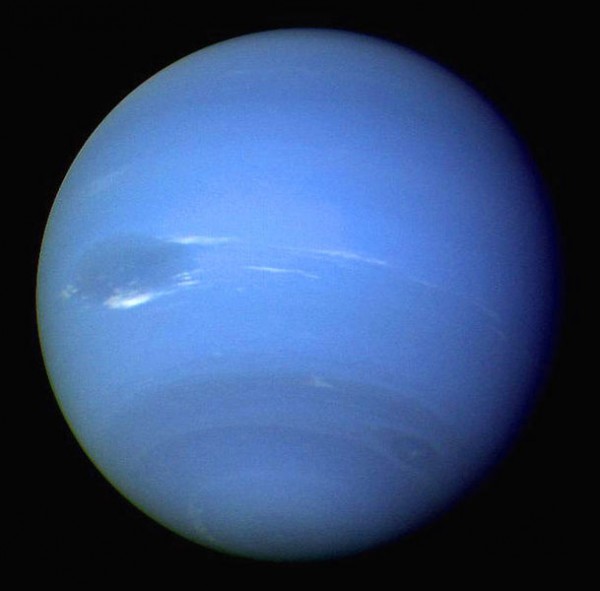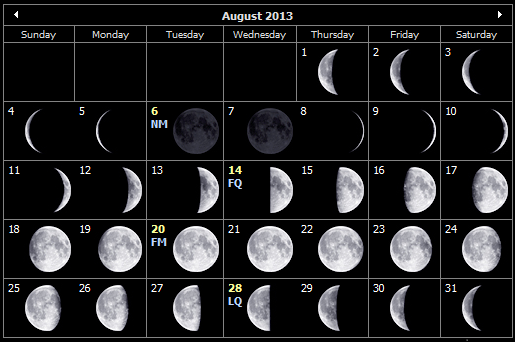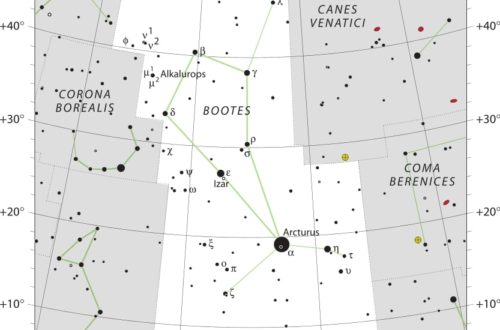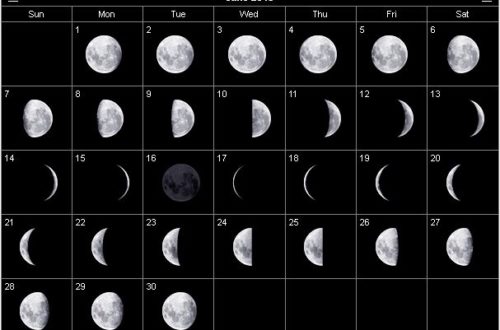Monthly Stargazing Calendar for August 2013

The 2010 Perseids over the VLT. Image credit: ESO/S. Guisard.
Looking for the August 2025 stargazing calendar?
Tonight (August 11 – 12) is the peak of one of the largest and perhaps one of the most famous meteor showers of the year, the Perseid meteor shower. It can produce as many as 90 meteors per hour at its peak but some meteors can be seen from July 17 to August 24. The first quarter moon will set shortly after midnight leaving dark skies for what should be an excellent show. The meteors will appear to radiate from the constellation Perseus, however they actually originate from the comet Swift-Tuttle, which was discovered in 1862.
Would you like to be notified of stargazing events?

Near the end of the month on August 27 the planet Neptune will be at opposition. The blue giant planet will be at its closest approach to Earth and its face will be fully illuminated by the Sun making this the best time to view and photograph Neptune. Unfortunately due to its extreme distance from Earth, it will only appear as a tiny blue dot in all but the most powerful telescopes.

Neptune as seen from Voyager 2. Image credit: NASA/JPL.
Moon phases
As you know, the moon has a big impact on the visibility of celestial bodies in the night sky. So here are the moon’s phases for this month:

Positions of the planets this month
Mercury: The closest planet to the Sun can be seen at dawn and dusk travelling across the constellation of Cancer. This planet, being the closest to the Sun, will appear to move quickly in the night sky and its position will change in the following weeks.
Venus: The sister planet can be seen between the constellations of Leo and Virgo. Just like Mercury, Venus can only be seen at dawn and dusk.
Mars: The red planet can be seen travelling across the constellation of Gemini, not far from the planet Jupiter.
Jupiter: The gas giant is visible in the constellation of Gemini. Jupiter can easily be spotted with the naked eye, even in highly illuminated cities.
Saturn: The ringed giant can be seen with the naked eye between the constellations of Virgo and Libra.
Uranus: The gas giant can be seen between the constellations of Pisces and Cetus with the use of a telescope.
Neptune: The blue giant requires a telescope pointed in the constellation of Aquarius in order to be seen.
Major astronomical events next month
- September 8 – Conjunction of the Moon, Venus, and Saturn.
- September 22 – September Equinox.
See also:
- Previous month’s calendar: Stargazing Calendar for July 2013
- Next month’s calendar: [Hiatus] Stargazing Calendar for October 2013
Would you like to receive similar articles by email?





